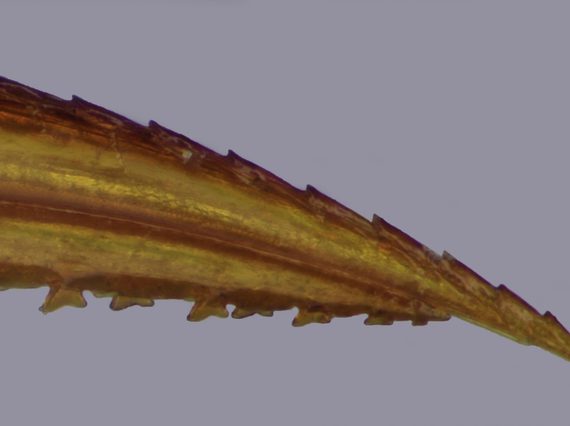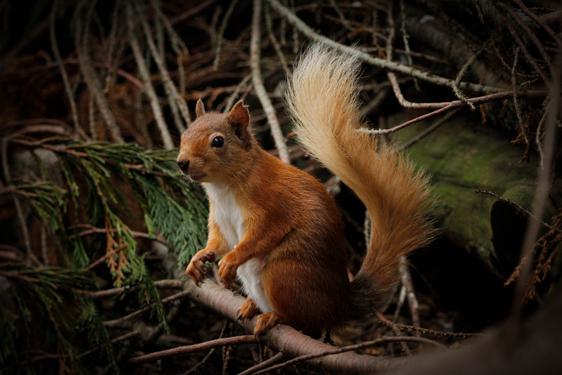
Ovipositor of sawflies for the design and manufacture of enhanced surgical tools
Dr Marti Verdaguer successfully defended his thesis in March 2024 after 3 years at Heriot-Watt University, co-supervised by National Museums Scotland.
Last updated: 8 April 2025
About the research
Larvae of sawflies feed on plants; females often lay eggs inside the plant tissue. Ovipositors of many sawflies have characteristic shapes that are seen in saws used for cutting various materials. Some saws in these insects however, look different which might suggest new or modified designs of cutting instruments. The aim of the project is therefore to study morphology and structure of ovipositors of selected species of sawflies, model them, and simulate their mechanical characteristics. Lessons learned from this initial work will be translated into the manufacture of tools at a larger scale especially for medical applications.
- Project title
Ovipositor of sawflies for the design and manufacture of enhanced surgical tools
- Student
Marti Verdaguer
- Project active
2021 - 2024
- Funder
Heriot-Watt University - James Watt Scholarship
- University Supervisors
Prof. Marc Desmulliez and Prof. Julian Vincent - Heriot-Watt University,
Prof. Jerome Casas - University of Tours,
Andrew Liston - Senckenberg Deutsches Entomologisches Institut- National Museums Scotland Supervisor
- Research theme
Sustainability
Publications
Verdaguer Mallorquí, M., Vincent, J., Liston, A., Blagoderov, V. & Desmulliez, M.P.Y. 2025 Knowledge from hymenopteran ovipositors: a review of past and current biomimetic research. Bioinspiration & Biomimetics 20 (3): 031001. https://doi.org/10.1088/1748-3190/adc3e2
Project contact
Dr Vladimir Blagoderov
Lead image: Tip of ovipositor of Janus femoratus (Hymenoptera: Symphyta: Cephidae)
Natural Sciences news and stories
- Discover
10 species spotted on the grounds of the National Museums Collection Centre
Across our sites, we're working to support the local biodiversity. Here’s a look at just a few of the species that can newly be found at the National Museums Collections centre. - Discover

Scotland's native wildlife
Scotland is home to a wide variety of wildlife. Among the most recognisable species are red deer, which are monarchs of the glen, standing proud and majestic against the skyline.Scotland is home to over 90,000 species. The land, seas, and… - Discover

Meet ‘Lizzie’, a 345 million year old fossil
In the 1980s, a very important fossil was discovered in Scotland. Named Westlothiana, the fossil got its nickname 'Lizzie' because it looked so lizard-like. But don't let the name fool you. It was thought to be the oldest known reptile,…
